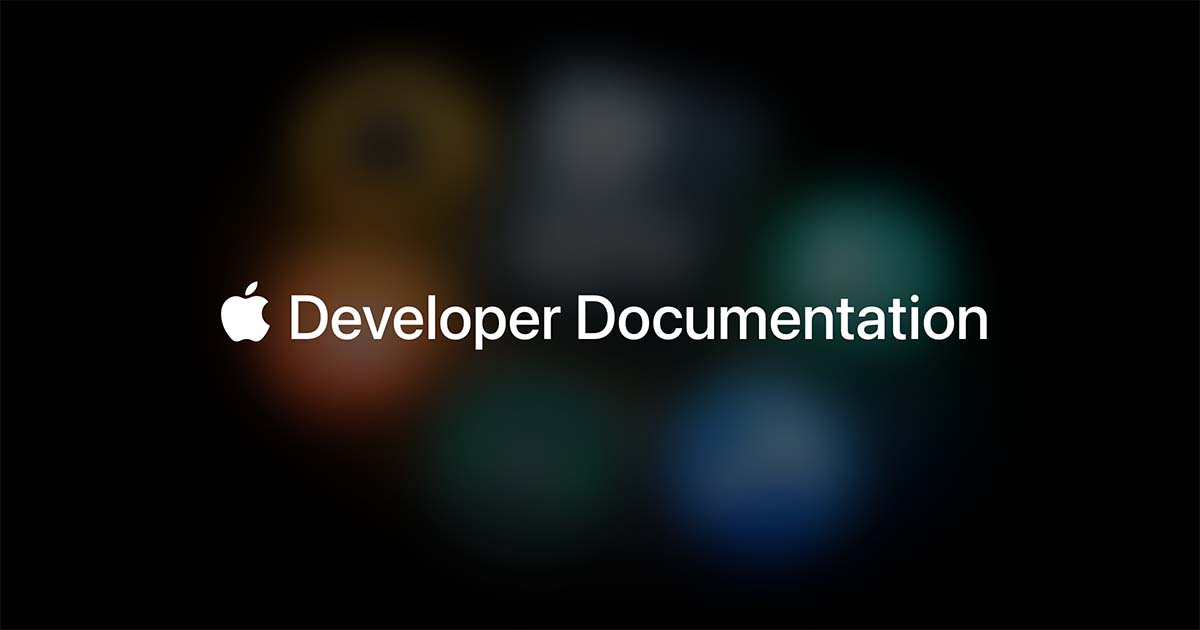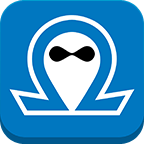Accessibility & Innovation (intro)

In one of my most recent talks, I was asked during the Q&A session about recommendations on which approach to use to promote-advocate for accessibility within an organization. I swiftly went through the human/moral case, the legal case, and the business case, citing Apple practices, European legislation, and general humanistic ideas, and concluded that none of them helped me win the case in the early stages of any project. However, one argument that consistently draws the attention of decision makers is innovation. Accessibility-driven innovation is a term I frequently use to encourage discovery, shift the focus from how to why, and improve the adoption of the accessibility mindset beyond just the techniques. After the talk, Daniel Steinberg mentioned how persuasive this argument was, which was a big deal to me, but rapidly I started having mixed feelings about the backing evidence and origin of the concept. In general, claims can last for so long, and we continuously take for granted the "standing on the shoulders of giants," but still, I couldn't remember where I got this concept from. So I went to the archive and dug through the graph, re-discovering some excellent references that connected all the way up to the disability rights circles: "Nothing about us without us".
Now, the reason I'm writing this post is because Haben Girma resurfaced, and specifically her (now-unlisted) WWDC16 talk, which makes this post just a prologue that intends to say, "Go and watch this video, 26 minutes that are going to be so valuable in understanding that...", and I quote:
Disability never holds anyone back. Disability is not something that people need to overcome. The barriers that exist are created by society, and it's up to every single one of us to work together to remove those barriers.

https://themarkup.org/coronavirus/2020/04/21/blind-users-struggle-with-state-coronavirus-websites




